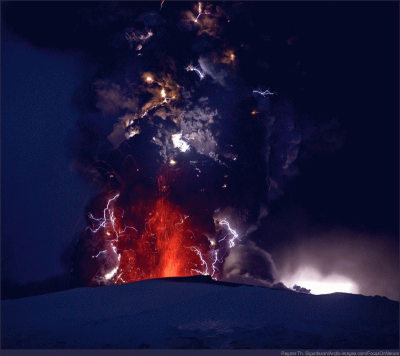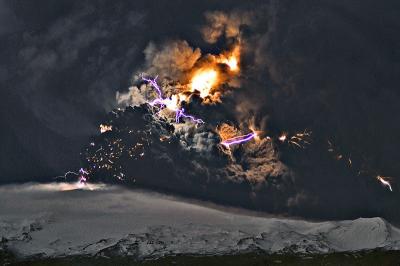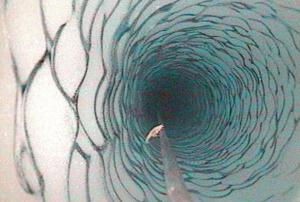
Image via Wikipedia
In 1993, thousands of Milwaukee residents began falling mysteriously ill – experiencing stomach cramps, dehydration, fever, diarrhea, and even death. Investigators identified the outbreak’s culprit as cryptosporidium, a protozoan parasite that attacks the intestines of mammals. The vehicle for infection? The city’s water supply. While steps were quickly taken to remedy the contaminated water supply, the incident nonetheless sicked more than 400,000 Milwaukee residents and killed 53, making it the largest waterborne disease outbreak in U.S. history.
After some investigation, city inspectors
realized the city water supply had been contaminated by cryptosporidium,
which various testing and filtering systems had failed to detect and
screen out.The story was at the top of every local
newscast for some days, and weeks later many people were still boiling
water or avoiding tap water altogether. The story was tragic news for
those with compromised immune systems, and was one more complication in
the attempt to maintain the health and well-being of thousands of local
people infected with HIV and with AIDS. For many of these, as well as
others with compromised immune systems, the contamination was fatal.The story went national, and 12 years later was still cited in
national news stories and scientific studies regarding the safety of
city water supplies, or of “when things go wrong”. (12 years later the
author still hears people say they haven’t drunk Milwaukee tap water
since.)The City of Milwaukee and State of Wisconsin made numerous changes to
filtration and testing procedures in an attempt to ensure such a
tragedy can never happen again. One of the simplest is to incerease the
frequency of testing for, and acceptable level of, turbidity
(cloudiness) in drinking water.
You can read more here and here.
In the meantime, 2 million residents of the Boston metropolitan area have been ordered to boil their water because it is unsafe for human consumption due to a huge catastrophic break in a major pipe. No cryptosporidium there, but certainly inconvenient and at least a bit unnerving (people have been making runs on stores and buying every single case of water bottles).
![Reblog this post [with Zemanta]](http://img.zemanta.com/reblog_e.png?x-id=5224a26a-3123-4cd3-97e1-2dd4e19b7831)





